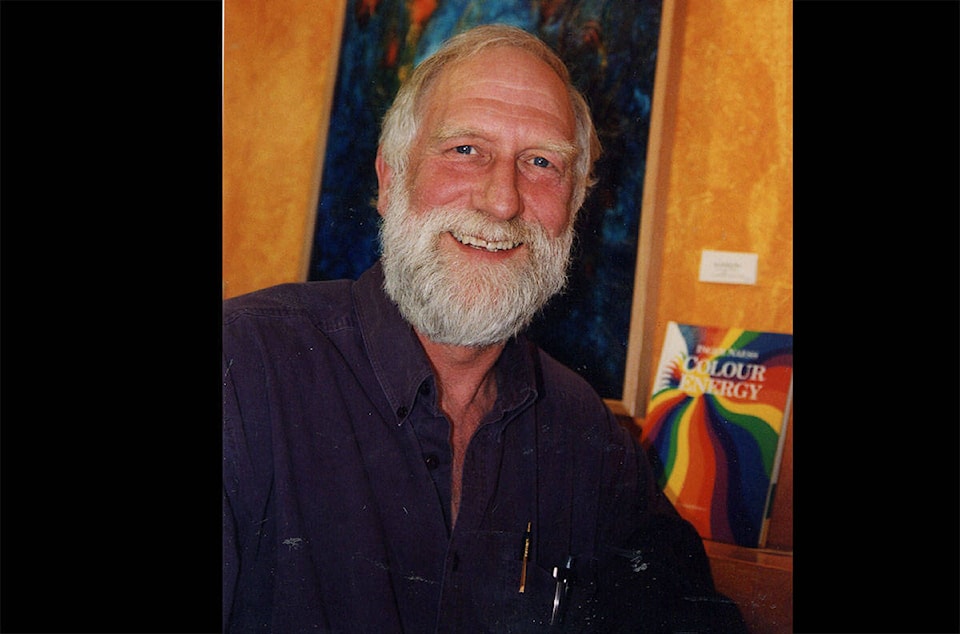As the days get shorter, the hay drying “windows” get shorter. We have nightly dew adding to the moisture we are trying get dried out of the hay so it won’t spoil in the bale.
But as we keep getting thunder showers and other bits of rain, the drying time seems to double.
With the uncertainty with the sunny weather and the lateness of the season — we have gone from spring to fall omitting summer, it seems.
Patient we have to be because we can’t change the weather. A trip south to the Kamloops area reminds one of the superior climate there, but even they were challenged with spring rains.
We live in the hope that a long dry spell is in the near future and we will get the crop up. If we weren’t optimists we would not be in this business of ranching.
We also hope for wind to come with the little sun we get. Twenty degrees and less is about half as good for drying hay as temperatures in the mid to late 20s with a little wind to evaporate moisture.
You can try to fluff up the crop by raking so it can dry faster after it has been cut, or rained on. The conventional wisdom here is that if you rake too many times , the hay will be tougher and twisted up so it doesn’t dry without wet lumps remaining in the windrows.
For me the sun we get cheers me up, makes me hopeful about making progress towards finishing the haying on the ground that is dry enough to hay.
Good quantities of crop on the land we can work on helps but thicker hay also takes longer to dry.
This brings me to the sodden land that is our sub irrigated/spring watered land. There is so much groundwater and high lake water that whatever sun and heat we have had really hasn’t lowered the water table such that we can operate machinery on the meadows.
Most of us doubt that we will ever get on the meadows.
As has been said we can always hope for a dry fall.
Variability and more frequent extremes events can be what we can expect and what we have been experiencing.
Care and dedication are required if one is in the business of growing food.
David Zirnhelt is a rancher and member of the Cariboo Cattlemen’s Association. He is also chair of the Advisory Committee for the Applied Sustainable Ranching Program at TRU.
Read more: What is a rancher doing writing about pigs in the middle of haying?
news@wltribune.com
Like us on Facebook and follow us on Twitter
